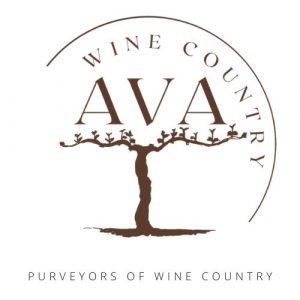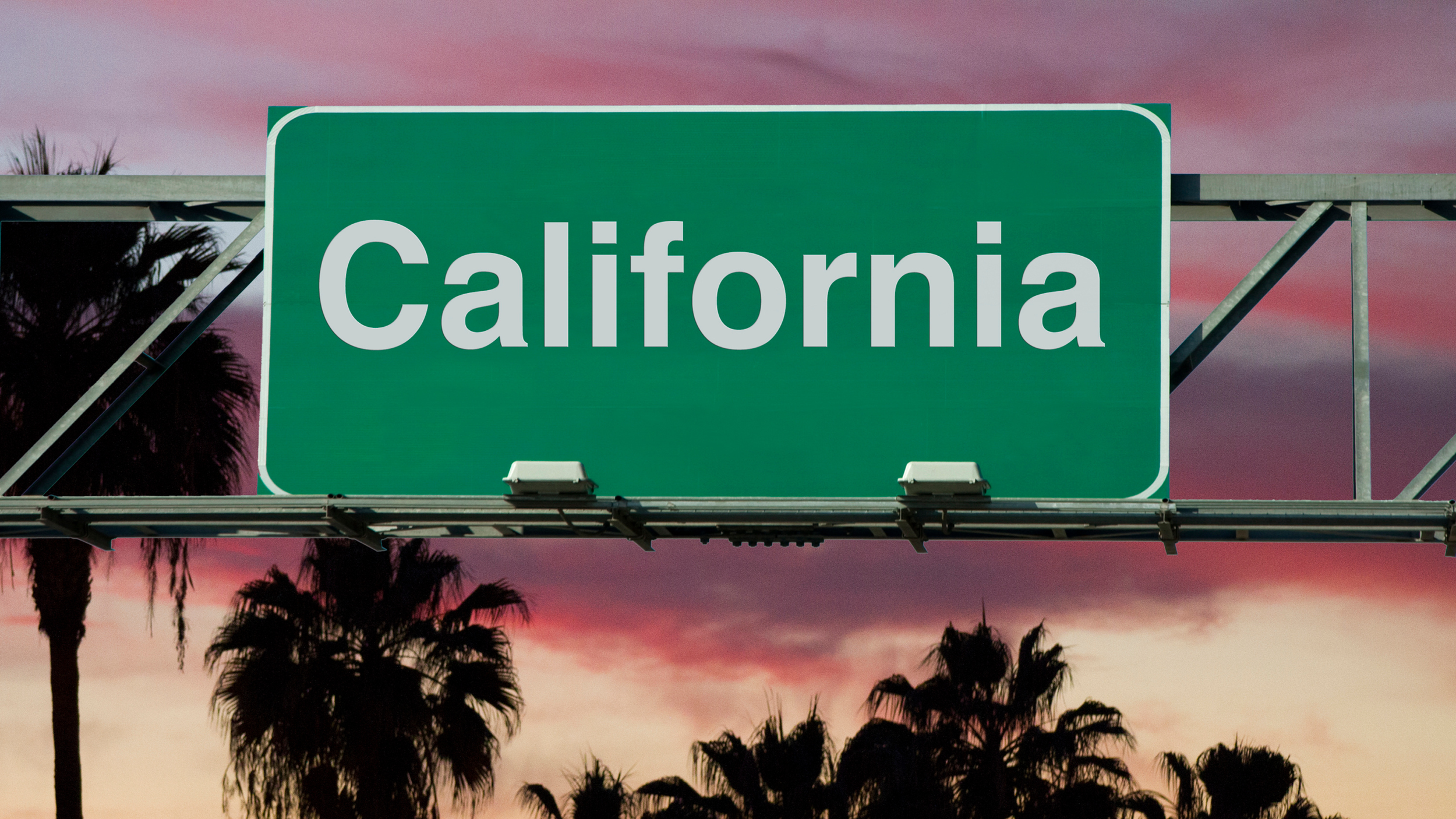American Viticulture Area (AVA): a designated wine grape growing region in the United States
An American Viticultural Area (AVA) provides an official appellation for the mutual benefit of wineries and consumers. It is distinguishable by geographic, geologic, and climatic features, with boundaries defined by the Alcohol and Tobacco Tax and Trade Bureau (TTB) of the United States Department of the Treasury. As of August 2023, there are 269 recognized AVAs in 34 states — several of which are shared by two or more states. Over half (149) of the AVAs are in California.
Winemakers frequently want their consumers to know about the geographic pedigree of their wines, as wines from a particular area can possess distinctive characteristics. Consumers often seek out wines from specific AVAs, and certain wines of particular pedigrees can claim premium prices and loyal customers. If a wine is labeled with an AVA, at least 85% of the grapes that make up the wine must have been grown in the AVA, and the wine must be fully finished within the state where the AVA is located.
An AVA may be located within one or more larger AVAs. For example, the Santa Clara Valley AVA and Livermore Valley AVA are located within the territory of the San Francisco Bay AVA, which is itself located within the Central Coast AVA. In such cases, the wine may be labeled with any of the relevant AVAs, but winemakers generally label wines with the most specific AVA allowed for each wine. Smaller AVAs are often perceived to be associated with smaller production and higher quality wines, though this is not always the case.
Before the AVA system, wine appellations of origin in the United States were designated based on state or county boundaries. All of these appellations were grandfathered into federal regulations and may appear on wine labels as designated places of origin in lieu of an AVA, such as Sonoma County. In order for a wine to be labeled with a state or county appellation, at least 75% of the grapes used to make the wine must have been grown within the boundary of the appellation, and the wine must be fully finished within the state in which the appellation is located. Some states have more stringent rules, such as California, which requires 100% of the grapes used to make the wine be from California and that the wine be fully finished within the state. Washington requires 95% of the grapes in a Washington wine be grown in Washington, although notably the Columbia Valley AVA, Columbia Gorge AVA, and Walla Walla Valley AVA are shared with Oregon.
The West Coast of the USA
California
The State of California accounts for over half of all of the AVAs in the nation, currently the count is at 149. These are spread over 7 main regions: from the very South to the very North, from the Coast to the inland Central Valley to the foothills of the Sierras and the foothills of other mountainous regions.
Oregon
The State of Oregon has 23 different AVAs. Three of these are shared with Washington and one with Idaho.
Other Western States
Idaho
Arizona
Hawaii
The State of Idaho has only 3 different AVAs within it, with two of them shared with a neighboring state (one with Oregon and one with Washington).
The State of Arizona has 3 AVAs located within it.
The State of Hawaii has but a single AVA within it, and it is located on the island of Maui.
“Wine makes every meal an occasion, every table more elegant, every day more civilized.”






